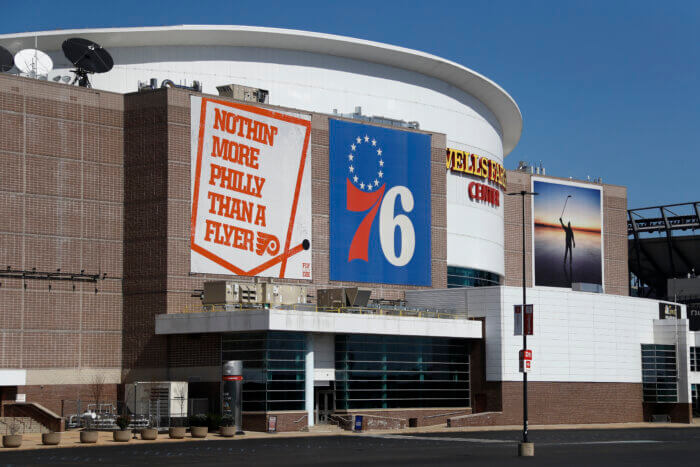 Community Design Collaborative’s rendering envisions pedestrian-friendly lighting on Fourth Street.
Community Design Collaborative’s rendering envisions pedestrian-friendly lighting on Fourth Street.
Fabric Row, the section of Fourth Street that runs from South to Catherine streets, was always known for its shops, both decades-old generational stores and trendy boutiques. But more recently it’s been synonymous with the two fires last year that displaced dozens and took the life of Fire Captain Michael Goodwin. Michael Harris, executive director of South Street Headhouse District (SSHD), is tackling the challenge of street-level improvement for the area.
Harris is looking to update Fourth Street between Lombard and Queen. “I was struck by the investment being done by store owners on the interior, but the exterior was lacking,” says Harris, so he made a plan to work with the community to make the street as meticulously cared for as the shops.
“I wanted to develop a streetscape plan that would be an improvement but implementable — I’m not looking to tear up the sidewalk,” he says. Harris met with residents and business owners to learn what people really want to see happen in their neighborhood. One of the biggest concerns? Pedestrian lighting.
“The light poles on Fourth Street are not pedestrian lights, such as the ones you would see on South or Walnut,” says Elena Brennan, owner of Bus Stop Boutique, which opened seven years ago on Fourth. “The lights are more typically seen on larger streets and highways, so they are too tall to project enough light down onto the street.”
Harris notes that while the lighting may take longer to deliver, other street amenities, such as bike racks and benches, may be in place by the summer. The next steps, according to Harris, involve more talks with the city, the Streets Department and Councilman Mark Squilla, who represents the district.
Not surprisingly, Harris is very serious about this project. “I’m relatively new [at SSHD] — I’ve been here for two years,” says Harris. He laughs when asked if this project is his baby, yet he doesn’t deny it. “There are several projects that we have at different stages in the pipeline, and this was one that I thought was pretty important to achieve.”
Funding the future
How does one pay for the proposed Fourth Street improvements? With street beautification grants, and design help from the Community Design Collaborative. Architects volunteer their time through the organization to create community-driven blueprints.
“They were great partners,” Harris says. “We put in about $1,500 and got about $44,000 worth of service from that. It’s a great organization that helps those who don’t have deep pockets for this kind of thing.”





























